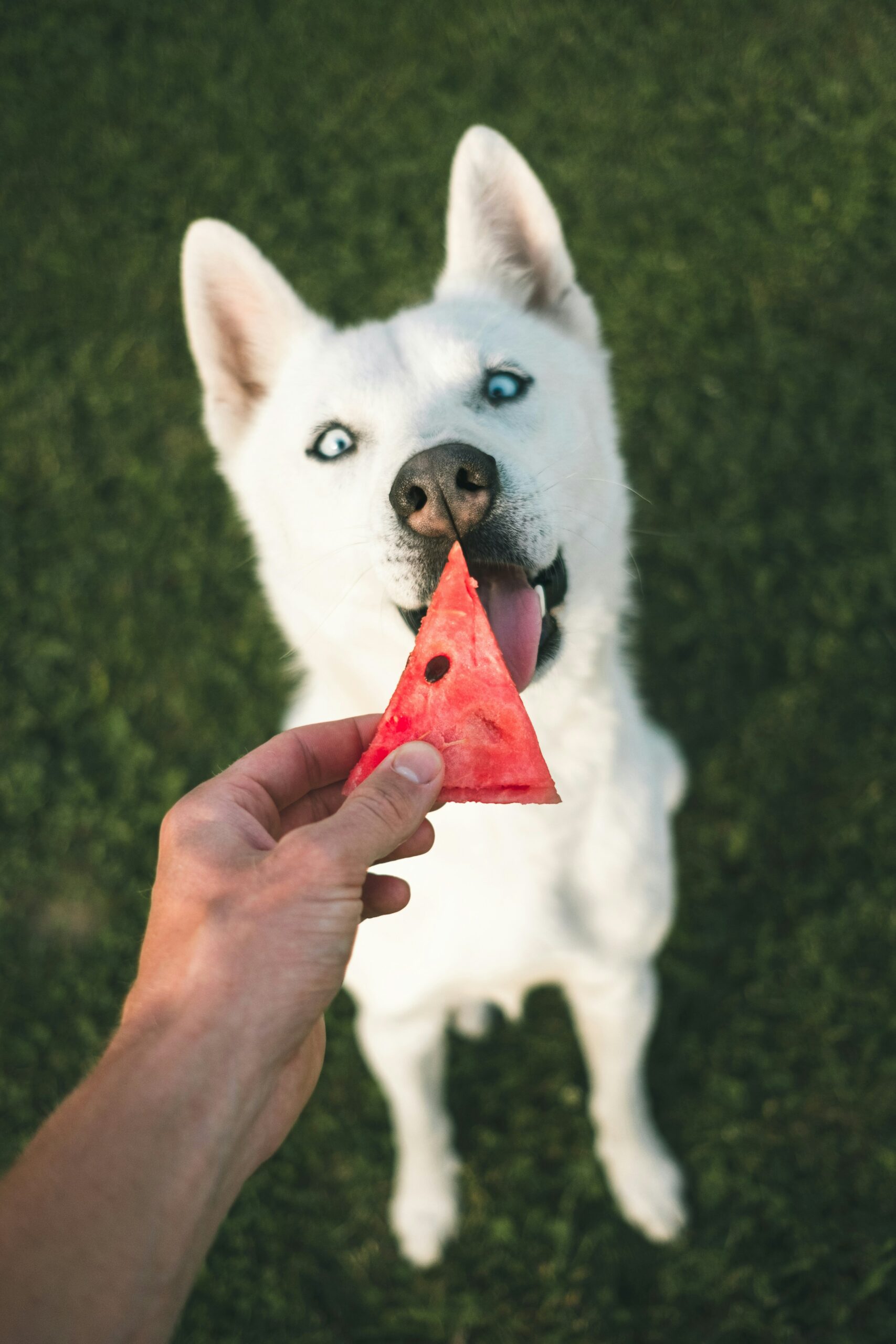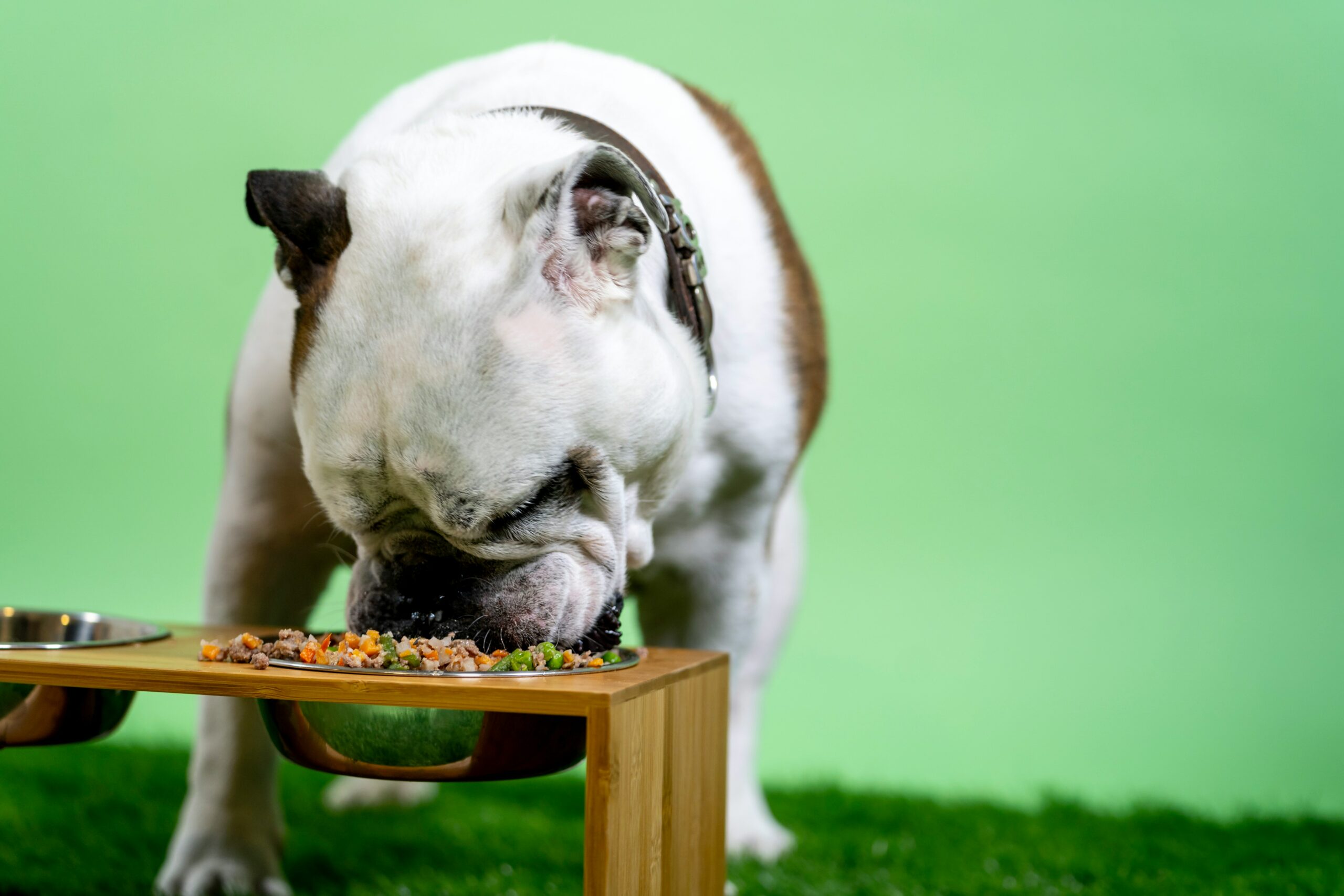Optimizing Your Dogs Diet: A Guide to Feeding Methods
This article provides an overview of different feeding methods for dogs, including free-choice feeding, controlled portion feeding, timed feeding, treat guidelines, interactive feeding techniques, and the importance of consulting a veterinarian for personalized feeding plans.
Introduction to Feeding Methods for Dogs
Proper nutrition plays a vital role in ensuring the overall health and longevity of dogs. It is essential for dog owners to understand the significance of selecting the right feeding method to meet their pets’ nutritional needs adequately. However, determining the most suitable feeding approach can pose challenges for many dog owners due to the variety of options available in the market. Establishing a balanced feeding schedule is crucial to prevent health issues and ensure that dogs receive the necessary nutrients for optimal well-being.
When considering the feeding methods for dogs, one common approach is the free-choice feeding method. This method involves leaving food out for the dog to eat whenever it pleases. While suitable for pregnant or lactating dogs that require increased energy levels, free-choice feeding may not be ideal for dogs prone to obesity or those with specific dietary restrictions. For example, a pregnant dog may benefit from free-choice feeding to meet her heightened nutritional demands during gestation. However, a dog with weight management issues may not thrive on this method, as it can lead to overeating and weight gain over time.
Another crucial aspect of feeding dogs is implementing controlled portion feeding techniques. Veterinarians can calculate the ideal portion sizes based on factors such as the dog’s age, weight, and activity level. This method helps in managing weight effectively and prevents issues like overeating, which can contribute to obesity and related health problems. For instance, a senior dog with reduced activity levels may require smaller, controlled portions to maintain a healthy weight and avoid unnecessary strain on joints. By tailoring portion sizes to individual needs, dog owners can promote better health outcomes for their pets.
Free-Choice Feeding Method
The free-choice feeding method is a feeding approach that provides dogs with constant access to food, allowing them to eat at their own pace throughout the day. This method is highly suitable for pregnant or lactating dogs that have increased energy requirements to support themselves and their offspring. For instance, a pregnant dog needs extra nutrients to help her puppies develop correctly, making free-choice feeding an ideal way to ensure she receives the necessary nutrition.
Moreover, the free-choice feeding method can be beneficial for dogs with specific dietary needs, such as those with medical conditions that require them to eat smaller, more frequent meals. By having continuous access to food, these dogs can regulate their intake based on their individual requirements. However, it’s crucial to monitor dogs under this feeding method carefully to prevent weight gain and ensure their overall health. For example, regular weigh-ins and body condition scoring can help determine if adjustments are needed to maintain a healthy weight for the dog. Additionally, free-choice feeding may not be suitable for dogs prone to obesity or those with specific dietary restrictions that necessitate controlled portions to prevent adverse health effects.
Controlled Portion Feeding Techniques
Controlled portion feeding techniques play a crucial role in maintaining a dog’s health by carefully regulating their food intake. When considering this method, veterinarians become essential partners in determining the precise amount of food suitable for a dog based on various factors like age, weight, and activity level. For example, a smaller, less active dog would require fewer calories compared to a larger, more active breed. By customizing the portion size, pet owners can effectively manage their dog’s weight and prevent overeating, which is a common cause of obesity in dogs.
Moreover, controlled portion feeding is highly recommended for dogs with specific dietary needs or sensitivities. For instance, dogs with food allergies or digestive issues can benefit greatly from a controlled feeding schedule that ensures they receive the necessary nutrients without aggravating their conditions. This method not only promotes a healthier weight but also supports overall well-being by preventing gastrointestinal discomfort or allergic reactions. Additionally, by carefully monitoring the food portions, pet owners can better track their dog’s caloric intake, making adjustments as needed to maintain optimal health and fitness levels.
Timed Feeding Strategy
The timed feeding strategy is not only about providing meals at set times but also about creating a structured routine for your furry friend. This method allows dogs to anticipate their meals, promoting a sense of security and predictability in their daily lives. For instance, if you feed your dog in the morning and evening, they will start associating those times with mealtime, making them less anxious and more content throughout the day.
Moreover, implementing a timed feeding strategy can aid in training your dog, especially when it comes to housebreaking. By feeding your dog at specific times, you can better regulate their bathroom schedule, making the house training process more manageable. This routine can help establish good habits, making it easier for your dog to understand when and where they should relieve themselves, contributing to a cleaner and more harmonious living environment for both of you.
Furthermore, timed feeding is a practical approach for dogs with medical needs. For instance, dogs that require medication administration with food can benefit from having consistent meal times. This method ensures that your dog receives their medication regularly and in conjunction with their meals, enhancing the effectiveness of the treatment. Additionally, by controlling the timing of meals, you can monitor your dog’s food intake more effectively, helping to prevent overeating and potential weight-related issues in the long run.
Treat Guidelines and Recommendations
When incorporating treats into a dog’s diet, it is vital to consider that treats should only make up a small percentage of the dog’s daily caloric intake to prevent nutritional imbalances. For instance, if a dog needs 500 calories a day, treats should ideally range between 25 to 50 calories to ensure a well-rounded diet. High-quality and nutritious treats play a crucial role not only in strengthening the bond between a dog and its owner but also in facilitating training sessions. For example, using small, low-calorie treats during obedience training can reinforce positive behaviors effectively.
Furthermore, it is imperative to be cautious about the types of treats offered to dogs. Certain human foods, such as chocolate, grapes, onions, garlic, and products containing xylitol, can be extremely harmful and even toxic to dogs. For example, chocolate contains theobromine, which is toxic to dogs and can lead to symptoms like vomiting, diarrhea, rapid breathing, increased heart rate, and even seizures. Therefore, it is crucial for pet owners to be aware of these dangers and opt for safe and vet-approved treats to maintain their dog’s well-being and health.
Interactive Feeding Techniques for Mental Stimulation
Interactive feeding techniques are essential for providing mental stimulation to dogs, which helps alleviate boredom and prevent destructive behaviors. For example, puzzle feeders or food-dispensing toys require the dog to work for their food, engaging their problem-solving skills and providing a fun challenge. By implementing these interactive techniques, dog owners can ensure their pets are mentally engaged, leading to a happier and healthier dog overall.
Moreover, interactive feeding methods can cater to dogs with specific needs, such as those with high energy levels or those requiring mental stimulation. For instance, hide-and-seek games with treats hidden around the house encourage dogs to use their senses and instincts to find the hidden rewards, offering both physical and mental exercise. These activities not only provide a source of entertainment for the dog but also contribute to their overall well-being by fulfilling their need for mental engagement.
Consulting a Veterinarian for Personalized Feeding Plans
Veterinarians are indispensable partners in tailoring feeding plans to meet the individual needs of dogs. For instance, puppies have different nutritional requirements than senior dogs, and specific medical conditions may necessitate dietary adjustments. A veterinarian can calculate the ideal portion size based on a dog’s age, weight, and activity level, ensuring that the dog receives adequate nutrition without overeating. This personalized approach not only promotes the dog’s health but also helps in weight management and prevents potential health issues related to nutrition.
Moreover, consulting a vet becomes essential when deciding on the most suitable feeding method for a dog. Whether it’s free-choice feeding, controlled portion feeding, or timed feeding, a veterinarian’s expertise can guide dog owners in making informed decisions that prioritize their pet’s well-being. Additionally, veterinarians can recommend high-quality, nutritious treats that align with a dog’s dietary requirements, ensuring that treats are given in moderation to prevent nutritional imbalances. By seeking professional advice, dog owners can navigate the complexities of canine nutrition, establish healthy feeding habits, and contribute to their pet’s overall quality of life.




